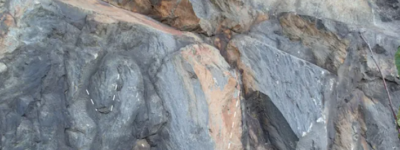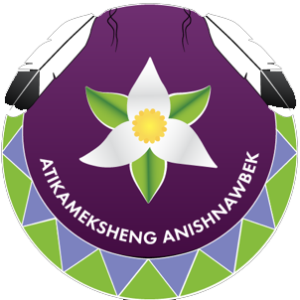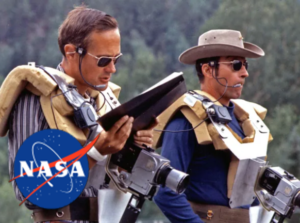The Science of Space Valley
It Starts and Ends with Comets

DEEP TIME
2 Billion Years Ago
The history of the Sudbury basin starts 1800 millions ago when a comet about 19km wide hit the southern shore of an ancient continent we call Nena.

SCIENTIFIC AMERICAN
Scientists confirm that a comet carved out Ontario’s Sudbury Basin 1.8 billion years ago, forming the second largest impact crater on Earth.

NASA Earth Observatory
Numerous craters on Earth are exceptionally compelling when viewed from space, displaying clearly visible rims and well-defined bowls. Not Sudbury Basin…But few craters are as large or as old.

WIRED
When a Giant Asteroid Impact Created Its Own Magma. The Sudbury Basin in Ontario contains the remnants of a massive asteroid impact that occurred ~1.8 billion years ago.

FIRST NATIONS
The Atikameksheng Anishnawbek people.
“Long before today, as we gather here, there have been aboriginal peoples who have been the
stewards of this place.”

OUR VISION
Atikameksheng Anishnawbek will thrive together as a strong and proud Nation by honouring our gifts of Anishinabemowin and the Life of the Land.

Naming the Land
As Europeans moved across the continent, they passed through hundreds of named places. Every Aboriginal society had a system of place names.

Open Library
The Greater Sudbury area is situated on the traditional territory of the Atikameksheng Anishnawbek. Like many traditional territories …

TRAINING FOR SPACE
Gateway to the Stars
“There is no other place on Earth with the pedigree for training space colonization and mining than Northern Ontario. All arrows point here.”

NASA-CBC NEWS
Astronauts trained in Sudbury, Ont., for the Apollo 16 moon mission.
From 1971-72, Sudbury was known as a moonscape, but in 5 decades, it has worked to regreen landscape

STARDUST-CTV NEWS
Cochrane-based Stardust Technologies is developing what they hope will be a world-renowned space centre in northern Ontario, dedicated to training astronauts for space travel,

Sudbury Mining Solutions
Partnership opens up free training in mining sector
Agnico Eagle Mines and Northern College’s Training Division have partnered for the $4.58-million project